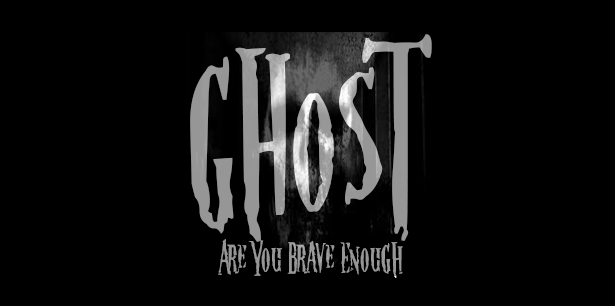
Robert Foulkes, a name etched in the annals of history, baptized on a date foreboding (19 March 1633/34) and forever cursed by the shadows, met his gruesome end on a chilling winter's night (31 January 1678/79). But within the confines of this seemingly ordinary English cleric lies a story so grotesque it could only be the work of a malevolent hand.
Early Life
Long believed to hail from Shropshire in England, Foulkes' origins were far from the English heartland. Born and baptized in Mallwyd, Wales, he was the son of a namesake, Robert Foulkes, and had an elder brother named John. Their journey together led them to Shrewsbury School in 1648–49, a place where innocence met the unknown.
The Path to Priesthood
As fate would have it, Foulkes ventured into the enigmatic world of Christ Church, Oxford, in Michaelmas term 1651. Here, he spent over four years under the watchful eyes of Presbyterians and Independents, nurturing the seeds of darkness within. Emerging from this eerie cocoon, he donned the robes of a preacher, eventually becoming the vicar of Stanton Lacy in his homeland of Shropshire. But even in the sacred embrace of the church, shadows clung to his soul.
A Twisted Love Affair
Three years prior to his ascension as vicar, Foulkes entered a union of unholy matrimony on 7 September 1657, at Ludlow parish church. Isabella, daughter of the late Thomas Colbatch, became his wife. They bore four children, a family tainted by the darkness that loomed over their lives.
But it was Ann, a daughter of Stanton Lacy's previous vicar, Thomas Atkinson, who became the linchpin of Foulkes' descent into madness. Whispers of their illicit liaison began as early as 1669, a dark secret hidden behind the veneer of his zealous preaching. Their public indiscretions became fodder for local taverns, as Foulkes drowned his sins in ale.
The Birth of Horror
Speculation swirled when Ann was banished from the parish, giving birth in the shadows of West Felton to an illegitimate child in May 1674. The infant, a girl, was whisked away, sent to foster under the care of a distant wet nurse. The child's parentage remained a sinister riddle, with fingers pointing toward Foulkes.
The summer of 1676 marked the descent into darkness. The Bishop of Hereford, Herbert Croft, confronted Foulkes, unveiling a sinister tapestry of misconduct, culminating in a nightmarish consistory court in Ludlow. Rumors even whispered of Foulkes beating his wife and a churchwarden who dared to intervene, all after a fateful evening of bowling, under a malevolent moon.
The Horrors Unveiled
In the shadows of York Buildings in the Strand, Foulkes sealed his descent into darkness. He seduced a young lady in his grasp, lodging her there, where the chilling act unfurled on 11 December 1678.
With a knife's cold touch, he extinguished the life of an innocent child cold-bloodedly slitting its throat, damning its soul to the River Thames below.
It was not strangulation, as popular whispers would have it, but a cold-blooded, unforgivable act. The next dawn, Foulkes returned to Shropshire, but darkness clung to him like a shroud.
A "Strange Providence" led to the discovery of the lifeless infant, and eventually, Thomas Atkinson made a sinister confession, unveiling the depths of depravity that tainted the clergyman.
The Final Judgment
Justice was swift and merciless. Foulkes stood trial at the Old Bailey sessions, commencing on 16 January 1678–9. In the shadow of the gallows, he offered hollow penitence, visited by eminent divines like Gilbert Burnet and William Lloyd, Dean of Bangor. A few days' reprieve, courtesy

of Compton, Bishop of London, allowed him to pen a vile testament titled "An Alarme for Sinners." It spoke of his unfortunate companion with thinly veiled malice.
But on the morning of 31 January 1678–9, a solitary figure met his demise at Tyburn, not among common felons but by his own hand. Under the shroud of night, he found his final resting place at St. Giles-in-the-Fields, leaving a legacy steeped in darkness that would forever haunt the annals of history.

Comments